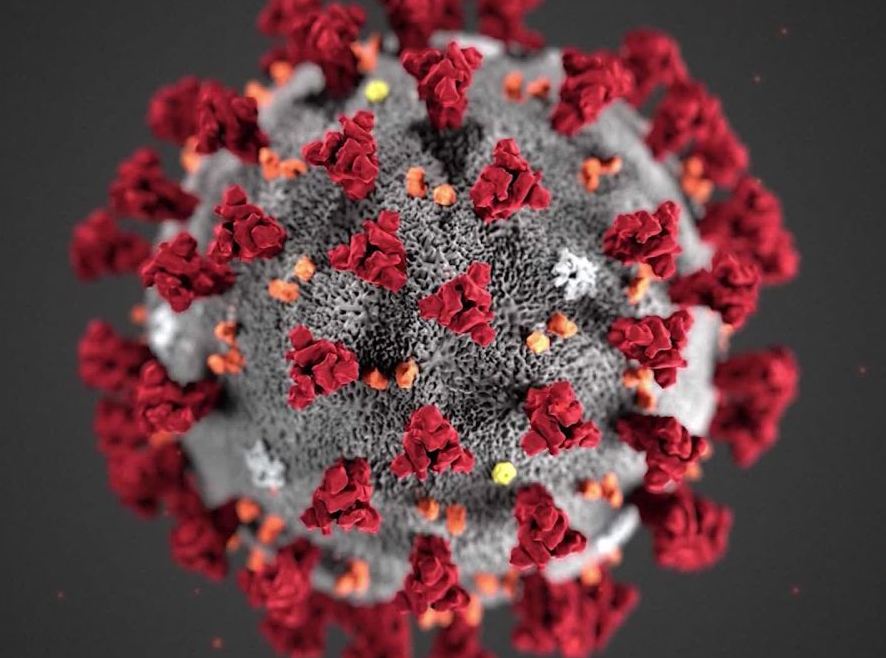Second, the science itself might suffer. If researchers take shortcuts for the sake of expediency or jump too far ahead of their data to offer advice, they might unwittingly tarnish the very process they depend on. Indeed, not long after I spoke to Morse, I read a report from a team of epidemiologists and biostatisticians from the Johns Hopkins Bloomberg School of Public Health that suggested a lot of the early research was too perfunctory to be of much use.
再者,科学本身可能会受到损害。如果研究人员为了一时权宜而走捷径,或者在数据仍不足时就给予建议,也许会在不知不觉中让他们所仰赖的科学程序染上污名。事实上,我在和摩尔斯谈话后不久,读到一份来自约翰霍普金斯大学彭博公共卫生学院流行病学家和生物统计学家团队的报告,内容暗示了很多早期研究过于草率,以至于用处不大。

The scholars analyzed the first 201 COVID-19 clinical trials, which had been conducted in China, the U.S., and other countries. It seemed there had been a lot of corner cutting. One-third of the trials had no clear definition of treatment success; nearly one-half were so small (100 or fewer patients) they weren't really informative; and two-thirds lacked the gold standard safeguard known as "blinding," which keeps investigators from knowing which subjects are getting the treatment under study.
团队学者分析了在中国、美国和其他国家进行的最早201个COVID-19临床试验,发现似乎有许多便宜行事之处。其中三分之一没有清楚定义何谓治疗成功;将近一半样本数太少(100名病患以下),无法说明什么;还有三分之二缺乏名为“遮盲”的黄金标准防护措施,它可避免研究人员知道哪些受试者正在接受研究中的治疗方法。
These less-than-ideal clinical trials were reported anyway, partly because leading scientific journals, such as the New England Journal of Medicine and those published by PLOS, had pledged to accelerate the peer review process, rushing coronavirus articles into print in half the usual time. Another avenue of publication involves preprint servers, which post articles online before they're peer-reviewed. These servers, created to promote transparency in scientific research, predate the pandemic, but they exploded in popularity as coronavirus studies were churned out.
但这些不尽理想的临床试验还是获得报导,部分原因是像《新英格兰医学期刊》和公共科学图书馆的出版品等具权威的科学期刊,承诺会加速同侪审查过程,以平常一半的时间让新冠病毒相关论文火速印刷出版。另一个出版途径是预印本服务器,会在线上发布尚未经同侪审查的论文。这些服务器早在大流行前就存在,是为了促进科学研究透明化而创设,不过随着新冠病毒的研究大量产出,它们也受到广泛关注。













